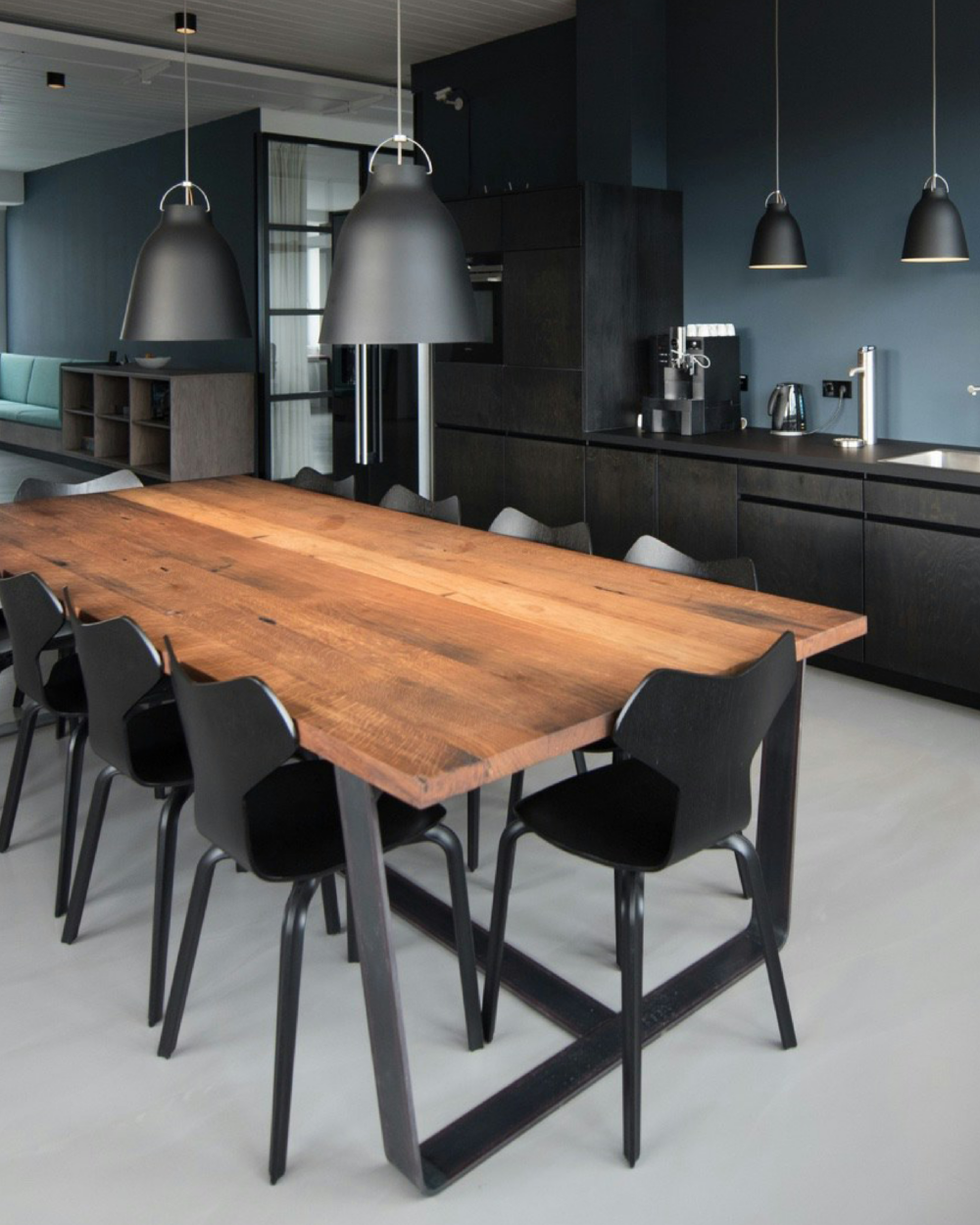Office design with green oases of well-being - trend or natural talent?
Plants in the office? This often brings to mind the sad little cactus on the neighbour’s desk or the forgotten, dusty rubber tree in the corner that gathers more dust than it does good cheer. But wait! The urban jungle trend is spreading from the home to the office. But what is behind these green oases of well-being?
Green workplace design - functional plants
Modern work concepts such as new work aim to increase productivity and creativity among employees and make companies attractive to sought-after professionals. Gone are the days of the single office with a dreary fig tree or a solitary cactus. Modern office concepts are now divided into different workspaces that serve different functions. These can be undisturbed retreats, relaxation rooms, creative think tanks or productive workspaces. And plants are part of that.
For a long time, many offices were devoid of plants. Office greenery often consisted of a few privately brought plants that would eventually wither. From green houseplants to exotic palm trees, office plants are more than just decorative features:
- Healthy indoor climate - stuffy office air? Numerous studies in recent years, including one by the University of Technology in Sydney (2020), have shown that indoor plants have a positive effect on indoor air quality. They have been shown to reduce pollutants and purify the air, improving air quality by as much as 50 to 70 percent. This also has a positive effect on the body: mucous membranes are better hydrated, reducing the risk of coughing. Dry, tired eyes and even colds are less likely.
- More creativity, less stress - Stress is known to cause illness. Yet people are exposed to 50 to 200 stressful situations every day. According to a study by the Fraunhofer Institute, an environment with plants provides a positive distraction and accelerates recovery. In addition, plants can improve employee concentration and creativity, helping to reduce absenteeism due to illness.
- Green noise reduction - Especially in open-plan offices and traditional large offices, plants reduce noise levels by significantly dampening sound. This is particularly effective when plants are well distributed throughout the space and are large enough. For example, office plants can be used to replace acoustic panels.
- Natural zoning - Because of their sound-absorbing properties, plants also act as room dividers. They are visually appealing, making them ideal zoning elements for lounges and quiet zones.
- Chic design element - With their variety of colours and shapes, plants can enhance a company's interior design style and add a natural touch to even the simplest space.
Modern offices and biophilic design
With all the benefits of green wellness oases, it's no surprise that another nature-related trend is making its way into the office: Biophilic design, or biophilia, refers to the human love of nature that is increasingly evident in the workplace. Biophilic design is a concept that focuses on the connection between people and nature. It is based on the understanding that humans have an innate affinity for nature and that contact with the natural environment has a positive effect on our well-being and health. The goal of biophilic design is to integrate this connection into our built environment.
Biophilic design encompasses several elements and principles that bring nature into interior spaces, including the workplace. These include the use of natural materials such as wood and stone, the integration of plants and water into interior spaces and the creation of natural light sources and views of nature. The integration of colours, textures and patterns inspired by nature also plays an important role.
Workplace design with the right office plants
Not every plant is right for every office. That's why it's always a good idea to consult a team of experts when choosing plants. Sansevieria (snake plant), semicopulas (ZZ plant) or papyrus - there are numerous plant species that look great, contribute to a positive indoor climate and are fairly undemanding. Moss is also becoming increasingly popular, as more and more companies are using this green plant to decorate their walls, partitions and company logos. Equally trendy are the quirky Mickey Mouse cactus, bushy ferns or pilea peperomioides, known as the UFO plant.
Contrary to popular belief, cacti are not good office plants. Their low metabolism does not contribute significantly to humidification or air purification. Also, cacti need a lot of light to thrive, as they are pure desert plants.
Still not sure which plant is right for your office? When it comes to the planning, selection and maintenance of office greenery, competent service providers are on hand to show you how office plants can be optimally integrated into the premises as a natural design element - and to help ensure that the plants live as long as possible 😉.
No green thumb? Creative alternatives for office greenery
For most people, office planting is a challenge, especially for those who are not blessed with a green thumb. From water and light requirements to proper nutrition, there are many variables to consider. Some companies rely on dedicated employees to take care of the plants, while others even hire professional services. For those who don't want the hassle, there are alternatives. One is high-quality artificial plants that are virtually indistinguishable from real plants and require no maintenance.
Another creative option is LEGO® plants. Made from the famous bricks, these decorative pieces of art are not only fun to assemble, but also aesthetically pleasing additions to the workplace. Available in a variety of colours, shapes, and sizes, they offer a playful alternative to traditional office plants. Best of all: LEGO® Flowers never wilt and require no water - perfect for those who want to enjoy the beauty of nature without the hassle of plant care.
Workplace design with green wellness oases
Healthy indoor environments benefit employees and businesses alike. Companies can: increase employee motivation and productivity, improve indoor air quality, create a positive atmosphere, minimize absenteeism due to illness, and promote employee health. Attractive office spaces are also a plus when it comes to attracting new employees. In an era of hybrid work models, where office presence is often voluntary, employees want to see added value when they decide to come to the office. That's why the office of the future doesn't have to be a wellness temple but should meet the needs of employees with healthy office design.


